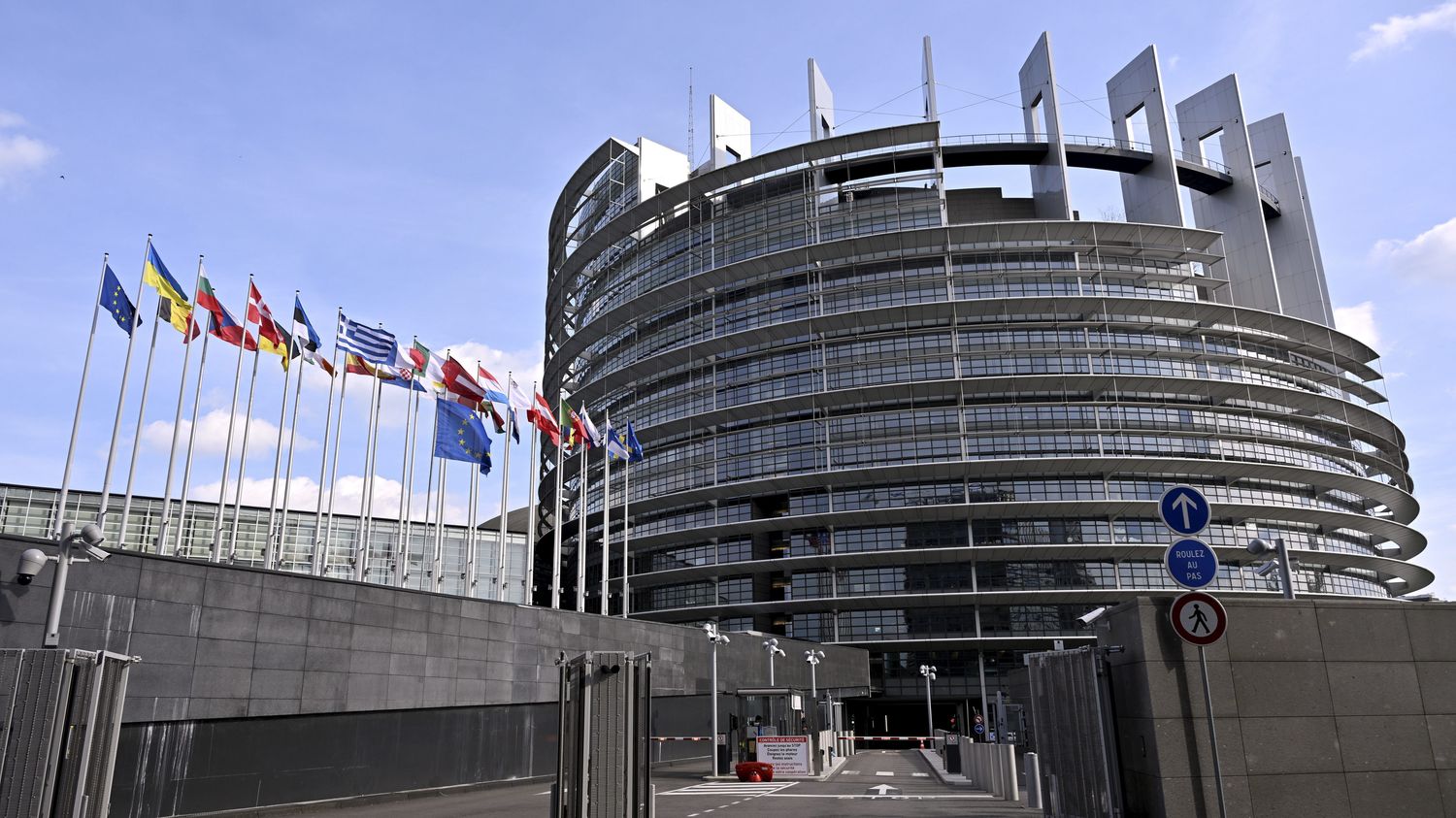Young people are regularly the least mobilized to vote in European elections.

Published
Reading time: 1 min

From Thursday until Sunday evening, June 9, Europe is voting. Some 373 million voters in the European Union must elect the 720 members of the European Parliament. Forty-five years after the first, these tenth European elections represent the largest transnational vote in history. Young people, often the least inclined to mobilize, hold one of the keys to the vote.
In the tranquility of the Cité Internationale Universitaire de Paris, in the heart of dozens of hectares of greenery, 12,000 students and researchers of 150 nationalities come together. Half of them are European and many have made arrangements to go and vote. “The question does not even arise of not going to vote. It is a date marked in the calendar for a long time,” exclaims Teodora, a 24-year-old Romanian student living here in Korea’s house.
She will slip a ballot into the ballot box in her embassy: “I am surprised every time I hear people my age not going to vote. I have always been, in my group of friends, the person who will take others by the hand and lead them to vote.”
Come vote! Otherwise, in three years, when we take away this freedom or this right, you will be very angry.”
Teodora, Romanian studentat franceinfo
At 27, Mélina, a doctoral student from Thessaloniki in Greece, has already voted by mail. This is a first in her country and she absolutely wanted to take advantage of it: “There are many questions that concern us. The new European Parliament will have to address these questions regarding the ecological, energy, democratic crisis… Control of the ethics of artificial intelligence for example, of new technologies. .. There is an abundance of social issues, it is very important to vote.” They both hope to see young people go to the polls. In 2019, the increase in participation was greatest among those under 39.
